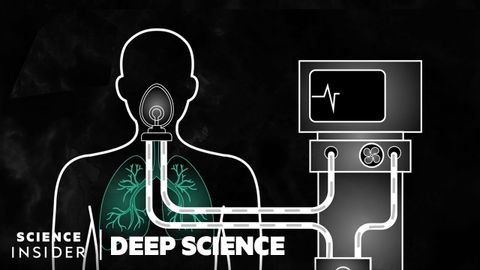冠狀病毒的恢復情況是怎樣的,日日如此。 (What Coronavirus Recovery Looks Like, Day By Day)
 沒有此條件下的單字
沒有此條件下的單字US /ˈprɑsˌɛs, ˈproˌsɛs/
・
UK /prə'ses/
- v.t.用電腦處理(資料);(依照規定程序)處理;處理;流程;加工;理解
- n. (c./u.)(規定的)程序;過程;進程;方法;法律程序;進程
US /ɪˈmjoon/
・
UK /ɪˈmju:n/
US /ˌrɛkəˈmɛnd/
・
UK /ˌrekə'mend/
